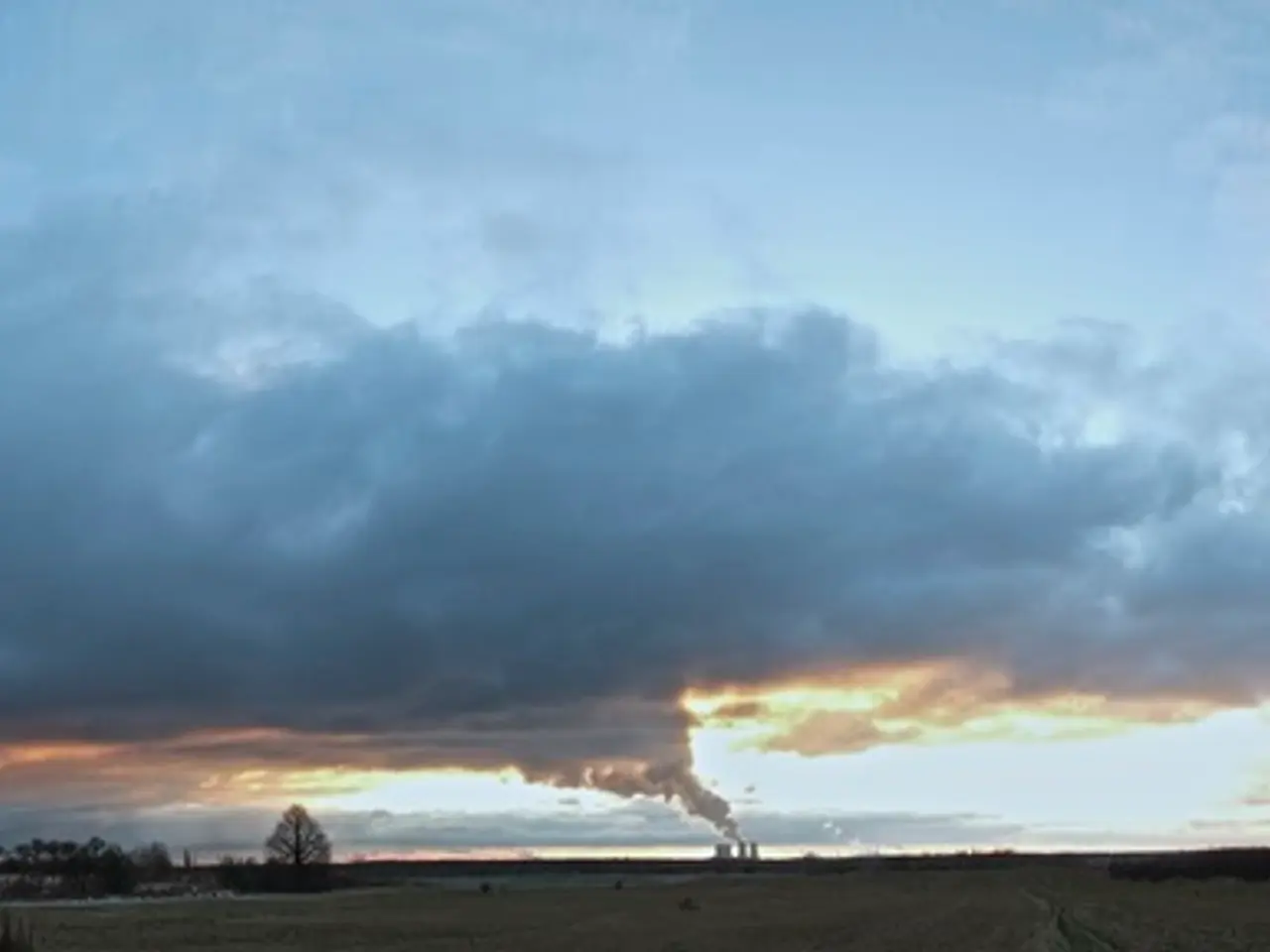Southwestern air quality has worsened
In the first half of 2023, both Southwest U.S. cities and the city of Stuttgart, Germany, are grappling with elevated levels of air pollutants such as fine dust (PM2.5) and nitrogen dioxide (NO2).
Southwest U.S. Cities' Approaches
Key strategies to combat this issue include the expansion of solar power, community air pollution monitoring, legislative measures, and public right to monitor air quality. For instance, a 15% increase in solar power in California has been linked to daily reductions in nitrogen oxides and carbon dioxide emissions, which contribute to NO2 and particulate formation[3]. Community groups in various cities are installing affordable air quality monitors to track pollutant spikes and advocate for health protections[1].
However, the legislative landscape is complex, with some states considering bills that could restrict community air pollution monitoring data usage[1]. Additionally, regional sources like wildfire smoke and other pollution remain concerns, as the highest particulate levels in 2023 were in the Upper Midwest, not the Southwest[2][5].
The Case of Stuttgart
In Stuttgart, the main cause of the higher pollutant levels was windless and dry weather periods from mid-January to early March[4]. The city is aiming to achieve its climate goals, with the Minister of Transport, Winfried Hermann (Greens), emphasizing the need for effective measures such as the electrification of transport[6]. Private individuals, particularly property owners, are crucial for Stuttgart's climate goals[5].
Current nitrogen dioxide values at several measuring stations in Stuttgart are just below the EU limit of 40 micrograms per cubic meter[4]. If new EU limits are exceeded in the coming year, affected municipalities will have to submit air cleanliness action plans from 2027[4]. If Stuttgart fails to meet the new EU air pollutant limits, it could potentially face penalties[7].
Inversion weather conditions have also contributed to strong pollutant accumulation near the ground in cities as well as rural areas in both Germany and the Southwest U.S.[1][4]. These higher pollutant levels pose a risk to individuals with pre-existing conditions like asthma or high blood pressure[4]. From 2030, stricter air pollutant limits will be enforced in the EU[4].
In conclusion, both Southwest U.S. cities and Stuttgart are addressing air pollutant issues through various means, with a focus on clean energy, community monitoring, and navigating complex legislative frameworks. The regional trends suggest that solar energy growth could be a promising mitigation pathway for these pollutants in the Southwest, while Stuttgart is focusing on the electrification of transport as a key measure to reduce high pollutant levels.
- To complement their efforts, Southwest U.S. cities could also consider integrating health-and-wellness initiatives focusing on reducing the harmful effects of air pollutants on human health, especially for those with pre-existing conditions like asthma or high blood pressure.
- Amidst the global challenges posed by climate change and the ongoing need for environmental-science research, Stuttgart's focus on electrification of transport is a significant stride towards both improving air quality and contributing to the global fight against climate change.




